Plant Perennials and Ferns this Fall
Nov 15, 2022
Fall is an excellent time for planting perennials and ferns. While you might think more about gardening in the Spring, you should garden in the Fall, too. Now is the time to plant frost-hardy ferns and perennials, especially hardy varieties that return yearly. Doing the work during the more comfortable temperatures makes Fall planting a pleasure. Soil may be easier to dig, with fewer weeds and insects.
Fall's cooler, moister air helps perennials get established before Winter. The soil has been warmed by the Summer sun and moistened by Fall rains, so digging is more manageable, and plant roots have an easier time expanding. Here are a few of the many good perennial choices you should plant now:
Phlox- Everyone loves Phlox. The beautiful bloom clusters add vibrant colors to any garden. To choose a suitable variety, consider the correct color, plant height, breadth, and spread for your bed.
Anemones- These single-bloom flowers with long wiry stems are great for smaller beds or urban gardens. This member of the buttercup family, also known as windflowers, comes in wide varieties and colors and is native to temperate and subtropical regions. They like well-drained soil and part to full sun.
Trillium- These have many other names, including birthroot and wake robin. The name wake robin comes from the fact they bloom in time to welcome the first Spring robins. With their tri-petal blooms, these flowers are most commonly white, but there are other colors, too, including a creamy yellow. The white blooms change to pink and red as they age. These are native to all of North America.
Doll's Eye- The Doll's Eye plant, also known as White Baneberry, is native to the Midwestern and Eastern United States. They usually last two years and grow between one and two feet high. The white, lacey flowers are delicate and beautiful. The name Doll's Eye comes from the plant's fruit, which is round and white with little deep purple dots. They genuinely look like eyes. These flowers don't spread aggressively.
Coreopsis- These are from the daisy family and are native to North America. They grow in upright clumps with masses of very daisy-like blooms. The Coreopsis is hardy, easy to grow, and works well in any garden. They are low maintenance and drought tolerant. Flowers can be orange, pink, red, or yellow.
Lilies- There are wide varieties of Lilies, and all smell heavenly. The blooms come in many shapes and a rainbow of colors and patterns. Some, like Tiger Lilies, even have spots.These bulb-based flowers are hardy, and flower arrangers love them.
These are just a few of the vast varieties of perennials for Fall planting. Whichever you choose, plant now, and they will get a good start and bloom like crazy in the Spring.
Ferns are sometimes evergreen, come in all shapes and sizes, and need little attention from the gardener, especially in the Fall and Winter. Planting them now gives them time to establish an extensive, healthy root system before next Summer's hot weather. Leave space between plants to allow them room to grow and expand. You should add some fertilizer next Spring. Ferns add lush greenery to any garden and are relatively deer resistant. Here are a few possibilities:
Christmas Ferns- These ferns earn their name because they will maintain their vibrant green color until Christmas time in many regions. Their dark green, leathery fronds even stand up to early snow. Maintenance is low, and plants live for a long time.
Lady Ferns- Lady Ferns make great borders or accents in your landscaping. Usually a yellow to green color, these are hardy enough to stand up to storms. Most ferns like partial to full shade, and these native plants are reliable perennials.
Cinnamon Ferns- These Ferns take on a cinnamon color near the base in Spring. They like boggy, moist soil and often grow along streams, reaching about two to three feet in height, so plant accordingly. These are often the first ferns to begin growing in the Spring. They are yellow-green throughout the summer and turn yellow in the Fall.
Maidenhair Ferns- While the Maidenhair looks tropical and has over 200 species worldwide, there are varieties native to the United States. The delicate fronds are light green with compound leaves that are surprisingly winter-hardy. Most types have shiny black leaf stalks that contrast the green foliage. These are easy to grow and like shady spots.
Ostrich Ferns- Ostrich Ferns have a texture and bright green color that turns to brilliant gold in the Fall. Their fiddleheads are unique, beautiful, and often photographed. The fronds remain upright throughout the year. These ferns have two leaf types, fertile and infertile, with the sterile ones growing three or four feet tall and the fertile ones only two feet tall.
These are a few ferns among the wide varieties that do well when planted at this time of year. Look through the many choices and decide which types work best in your yard.
It's time to plant Ferns and perennials! So, get out and enjoy the beautiful weather and do some planting. What you plant now will have time to establish itself before Winter, and remember, fall planting brings spring flowers and lush green ferns to your gardens.

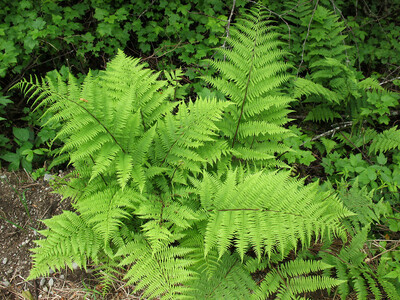 Native Ferns
Native Ferns
 Native Mosses
Native Mosses
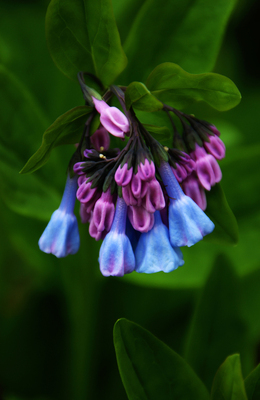 Native Perennials
Native Perennials
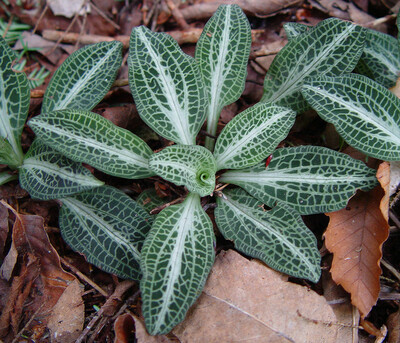 Native Ground Covers
Native Ground Covers
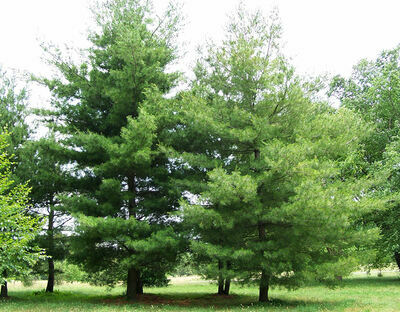 Native Trees
Native Trees
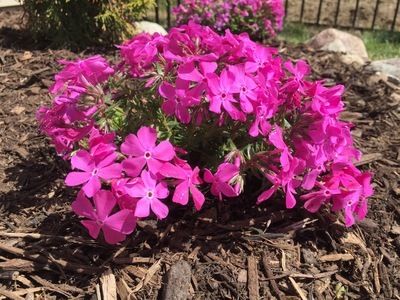 Shop By Zone
Shop By Zone
 Flowering Groundcovers
Flowering Groundcovers
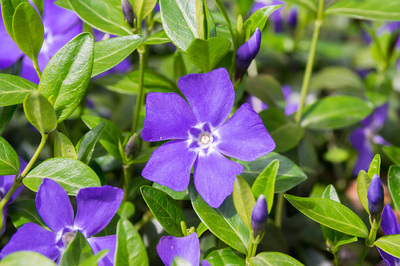 Evergreen Groundcovers
Evergreen Groundcovers
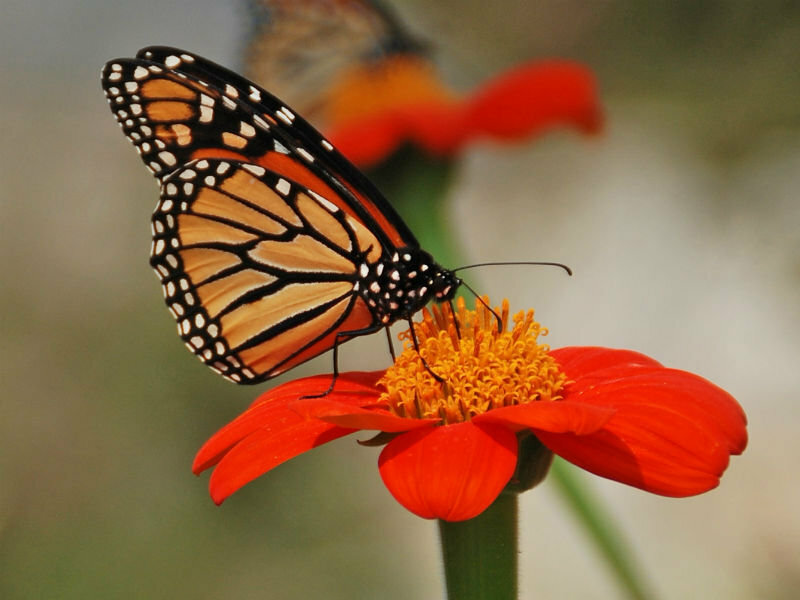 Pollinators
Pollinators
 Shop Bloom Color
Shop Bloom Color
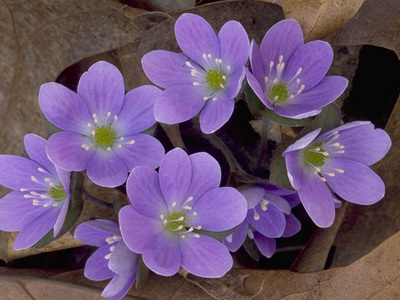 Perennials By Zone
Perennials By Zone
 Medicinal Herb Plants
Medicinal Herb Plants
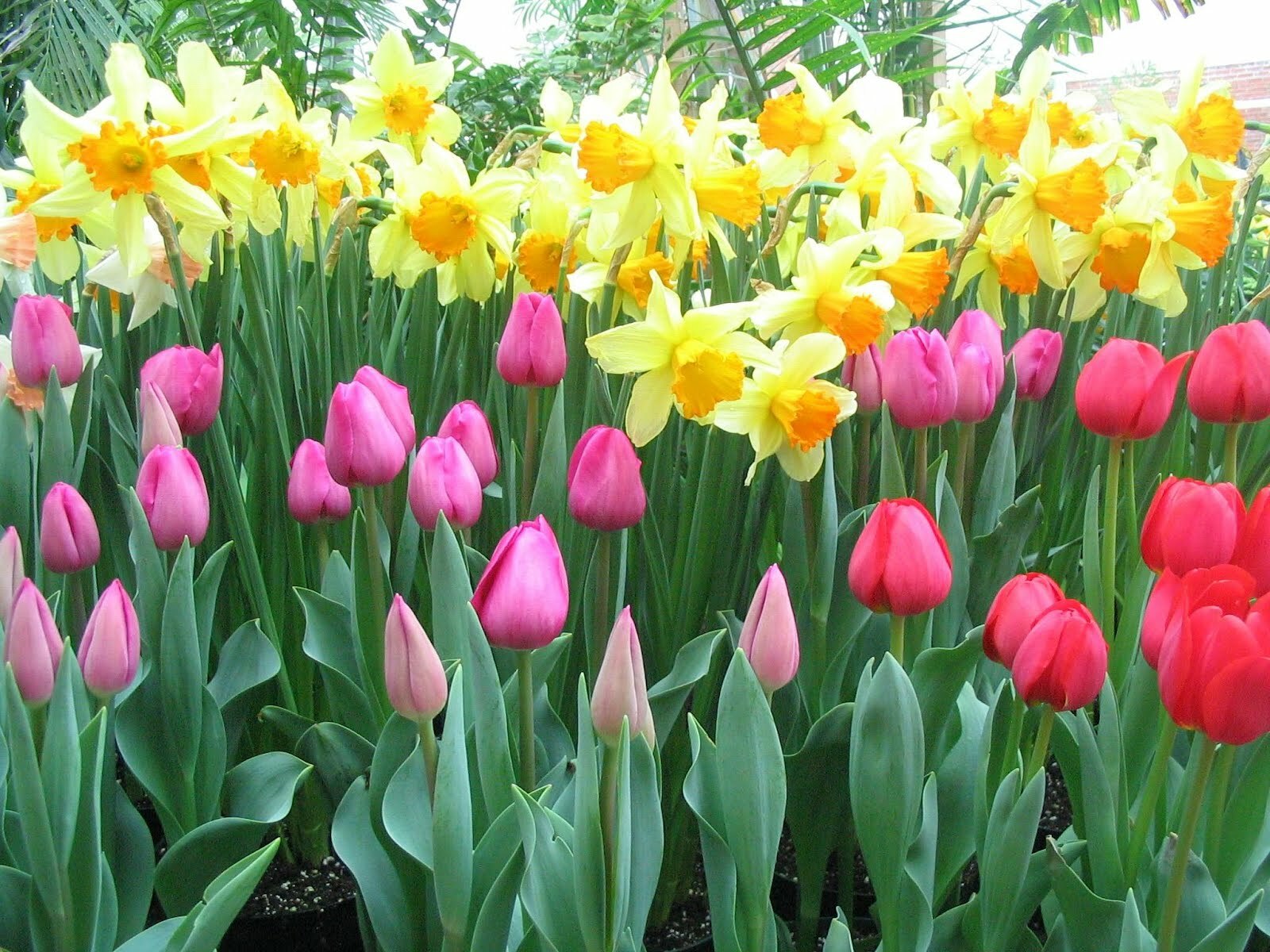 Spring Bulbs
Spring Bulbs
 Trillium
Trillium
 Ferns for Zone 3
Ferns for Zone 3
 Ferns for Zone 4
Ferns for Zone 4
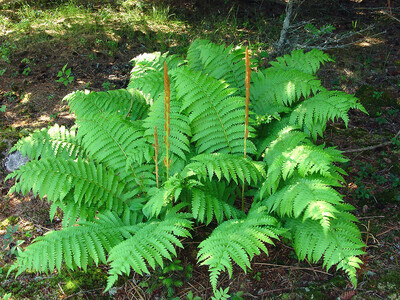 Ferns for Zone 5
Ferns for Zone 5
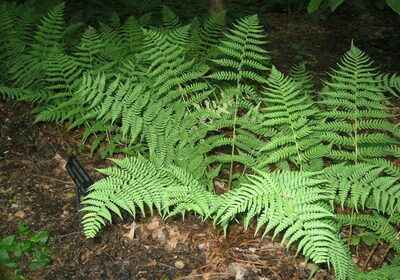 Ferns for Zone 6
Ferns for Zone 6
 Ferns for Zone 7
Ferns for Zone 7
 Ferns for Zone 8
Ferns for Zone 8
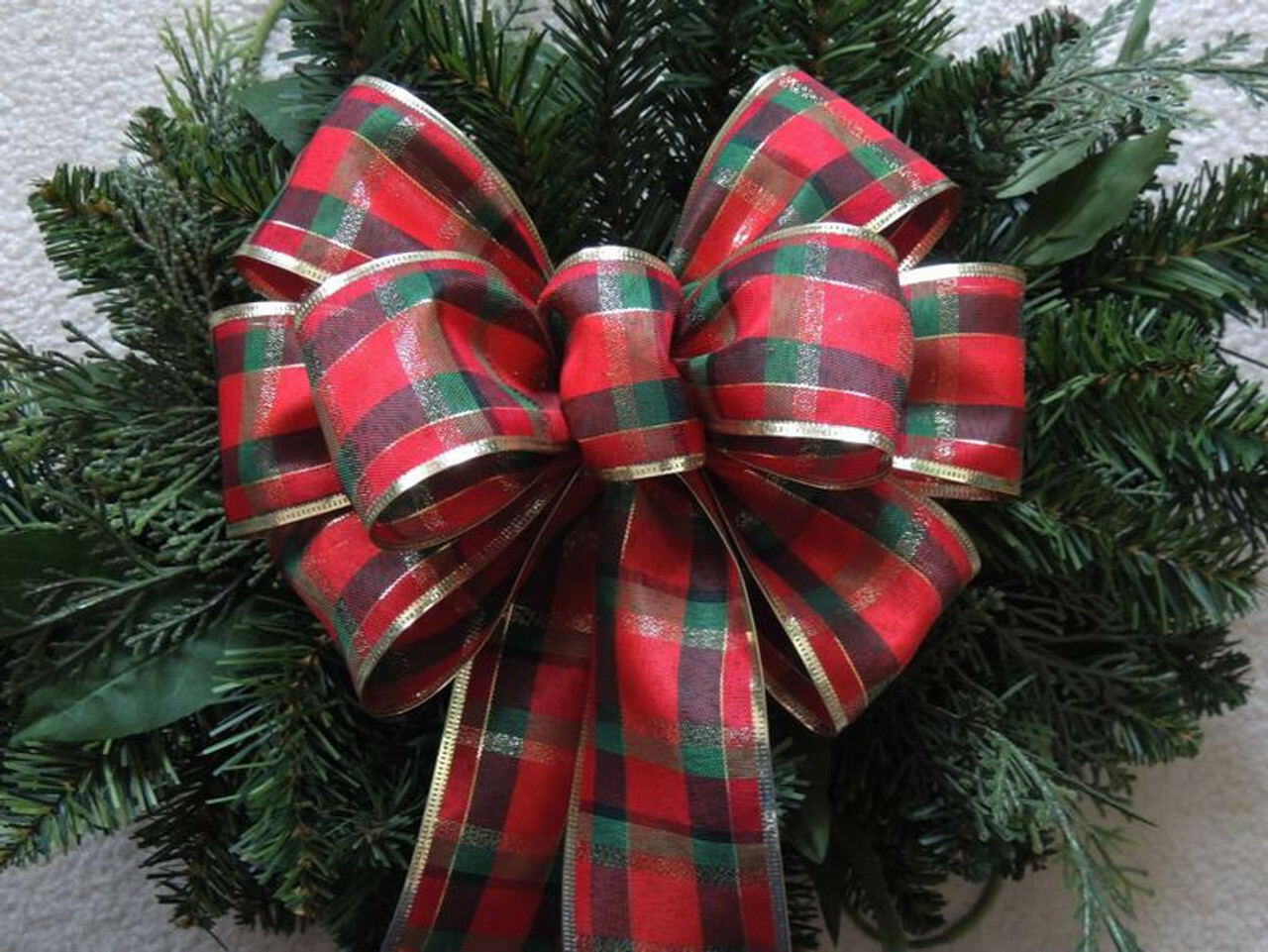 Christmas bows
Christmas bows
 Fresh Wreaths
Fresh Wreaths
 Garlands
Garlands
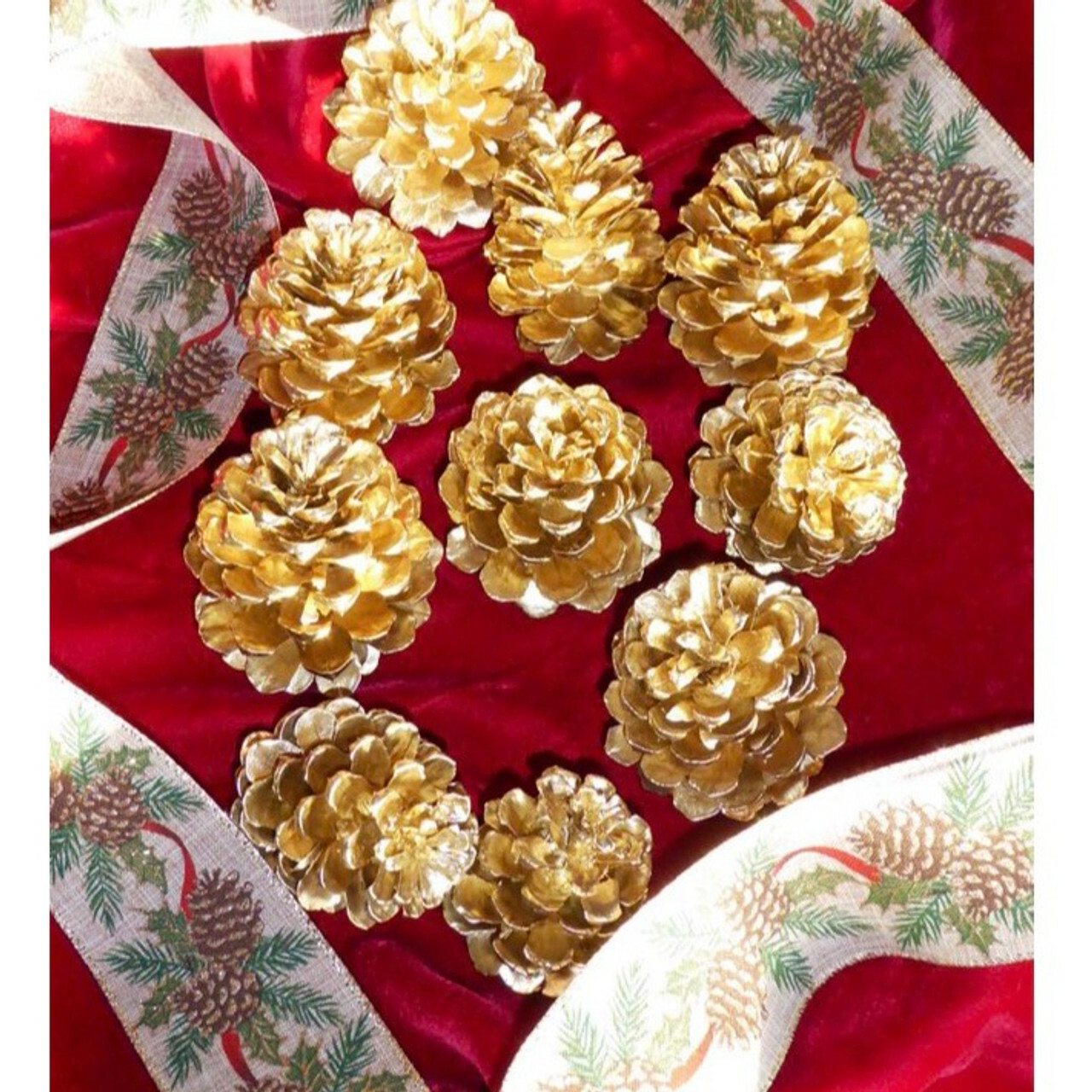 Large Pine Cones
Large Pine Cones
 Live Mistletoe
Live Mistletoe
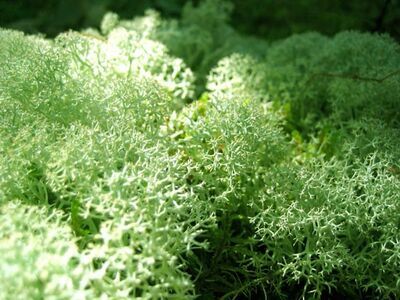 Moss
Moss
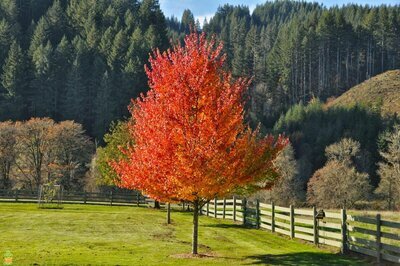 Shop Trees By Zone
Shop Trees By Zone
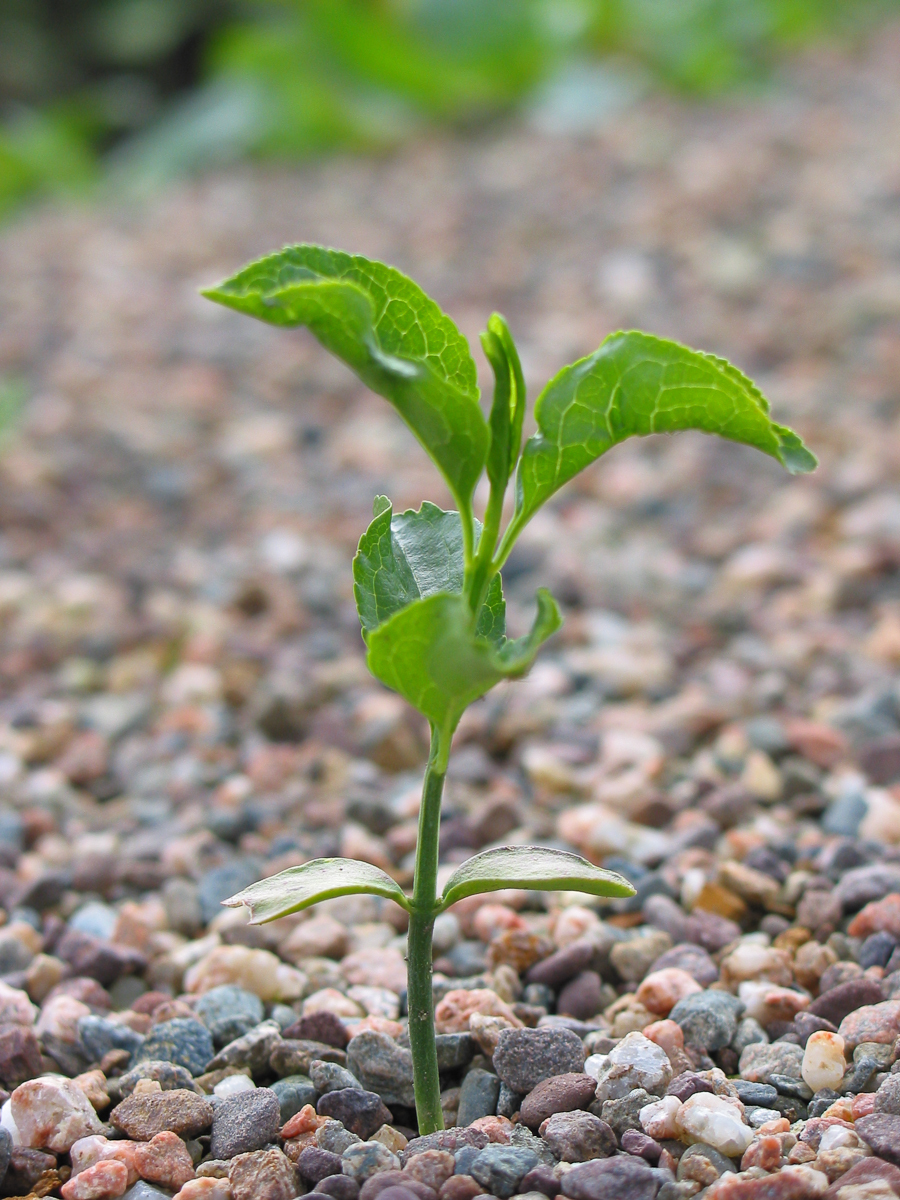 Tree Seedlings
Tree Seedlings
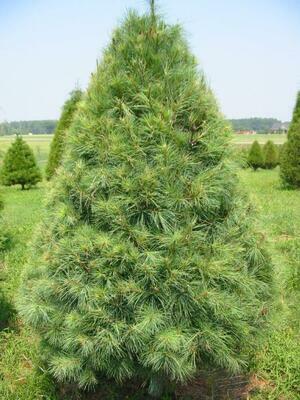 Fast Growing Trees
Fast Growing Trees
 Pine Trees
Pine Trees
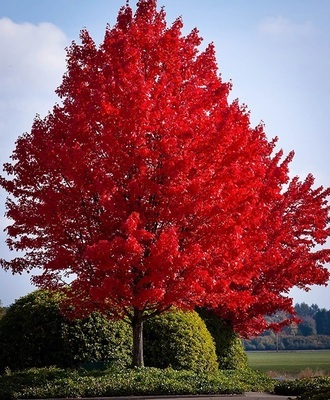 Live Stakes
Live Stakes
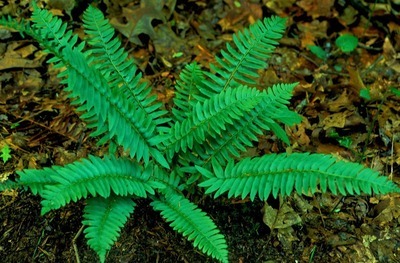 Evergreens
Evergreens
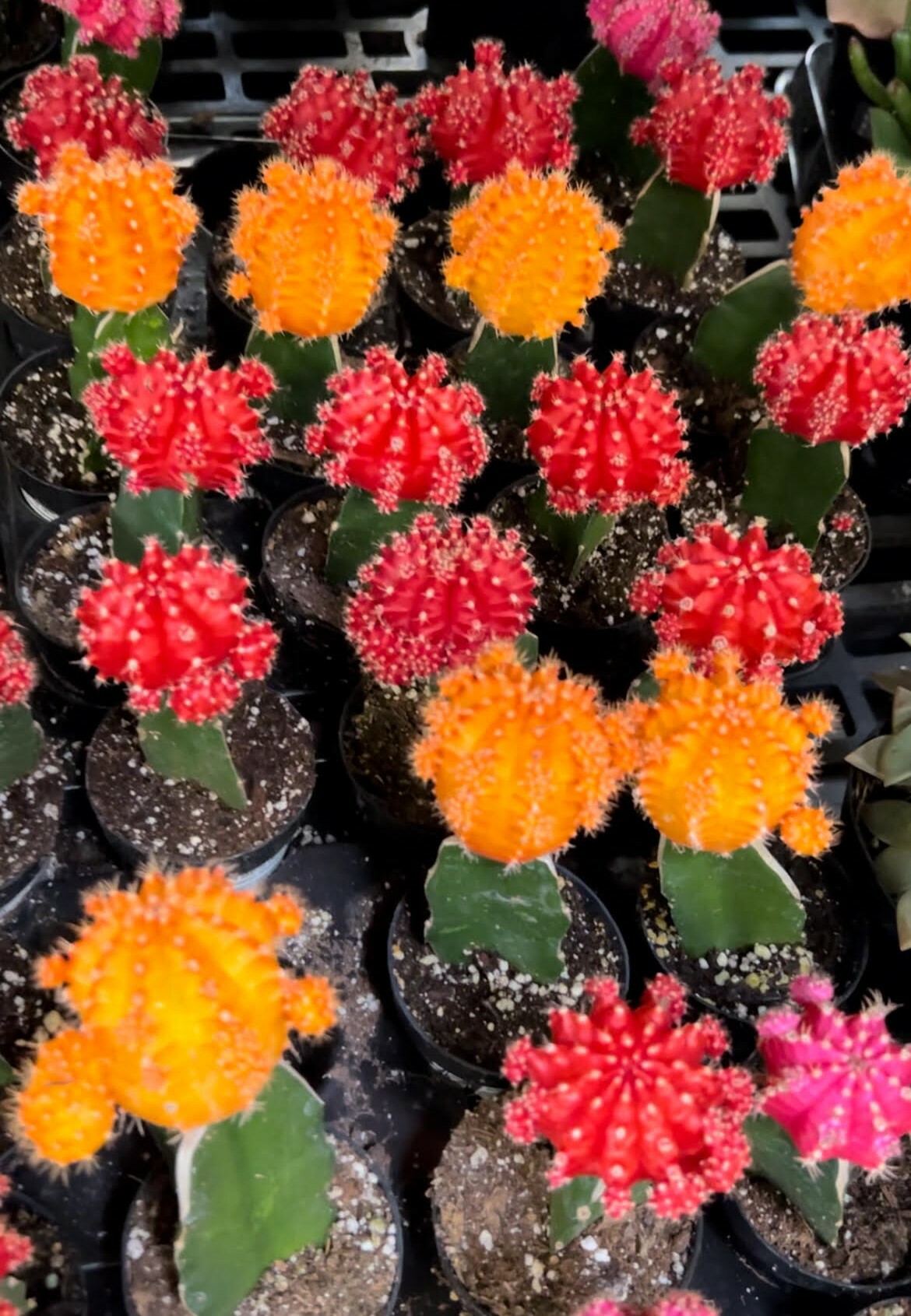 Cactus
Cactus
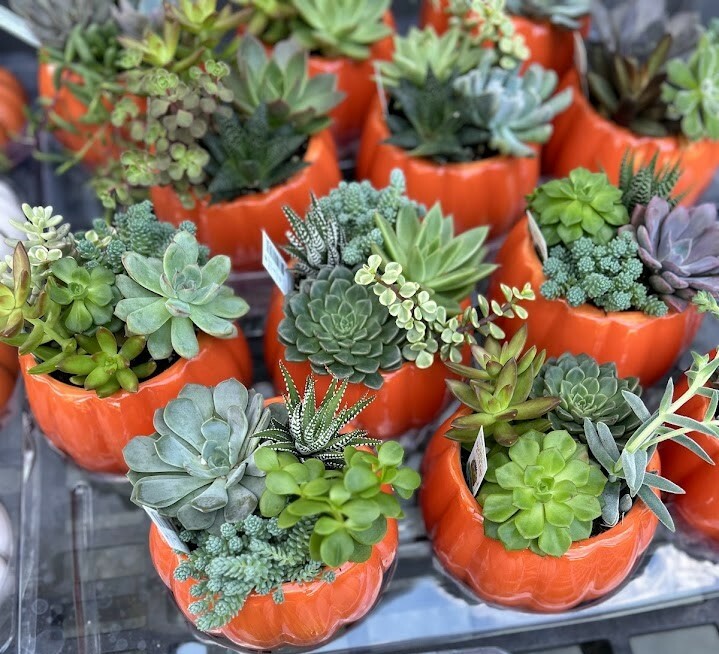 Combos
Combos
 Echeveria
Echeveria
 Haworthia
Haworthia
 Sedum - Stonecrop
Sedum - Stonecrop
